Health and Wellness Trends
The metal cans market is significantly influenced by the growing health and wellness trends among consumers. As individuals become more health-conscious, there is an increasing demand for beverages that are low in sugar, organic, or fortified with vitamins. Metal cans are often used to package these health-oriented products, as they provide an effective barrier against light and oxygen, preserving the integrity of the contents. In 2025, it is estimated that health-focused beverages will account for nearly 25% of the beverage market in the US. This shift towards healthier options is likely to drive the metal cans market, as manufacturers seek to align their products with consumer preferences for nutritious and functional beverages.
Growth in E-commerce and Online Retail
The metal cans market is poised to benefit from the rapid growth of e-commerce and online retail channels. As consumers increasingly turn to online shopping for their beverage needs, the demand for packaging that ensures product integrity during transit becomes paramount. Metal cans, known for their durability and ability to preserve product quality, are becoming a preferred choice for online retailers. In 2025, e-commerce is expected to represent over 20% of total beverage sales in the US, creating a substantial market for metal cans. This shift not only enhances the visibility of metal cans in the retail landscape but also encourages manufacturers to innovate in packaging solutions that cater to the unique requirements of online distribution.
Rising Demand for Ready-to-Drink Beverages
The metal cans market is experiencing a notable surge in demand for ready-to-drink beverages, including energy drinks, flavored waters, and alcoholic beverages. This trend is driven by changing consumer preferences towards convenience and portability. In 2025, the ready-to-drink segment is projected to account for approximately 30% of the total beverage market in the US, indicating a significant opportunity for metal can manufacturers. The lightweight and recyclable nature of metal cans aligns well with the on-the-go lifestyle of consumers, further enhancing their appeal. As brands increasingly opt for metal cans to package these beverages, the metal cans market is likely to witness robust growth, driven by both consumer demand and brand strategies that prioritize sustainability and convenience.
Technological Advancements in Manufacturing
The metal cans market is witnessing a transformation due to technological advancements in manufacturing processes. Innovations such as improved can-making machinery and enhanced coating technologies are enabling manufacturers to produce lighter, more efficient cans. These advancements not only reduce production costs but also minimize environmental impact, aligning with the industry's sustainability goals. In 2025, it is anticipated that the adoption of advanced manufacturing technologies will increase efficiency by up to 15%, thereby enhancing the competitiveness of metal cans in the packaging market. As manufacturers continue to invest in technology, the metal cans market is likely to experience increased production capacity and improved product quality.
Regulatory Support for Recycling Initiatives
The metal cans market is benefiting from regulatory support aimed at promoting recycling initiatives across the US. Government policies encouraging recycling and waste reduction are fostering a favorable environment for metal can usage, as these cans are highly recyclable. In 2025, it is projected that recycling rates for metal cans will exceed 70%, significantly higher than other packaging materials. This regulatory support not only enhances the sustainability profile of metal cans but also encourages manufacturers to invest in eco-friendly practices. As consumers become more environmentally conscious, the metal cans market is likely to see increased demand driven by both regulatory frameworks and consumer preferences for sustainable packaging solutions.


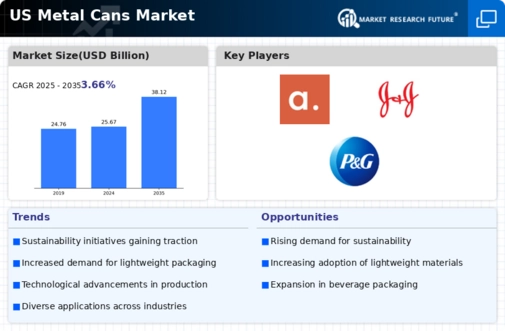

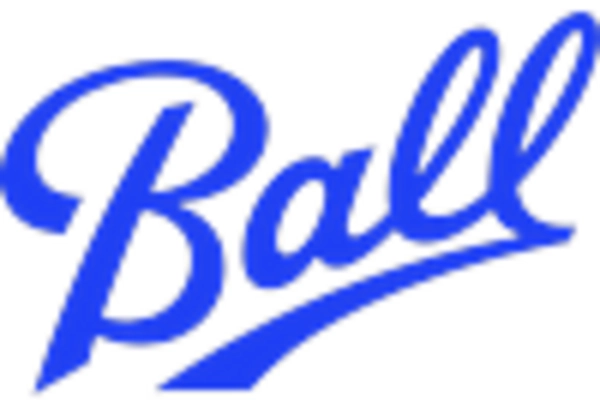
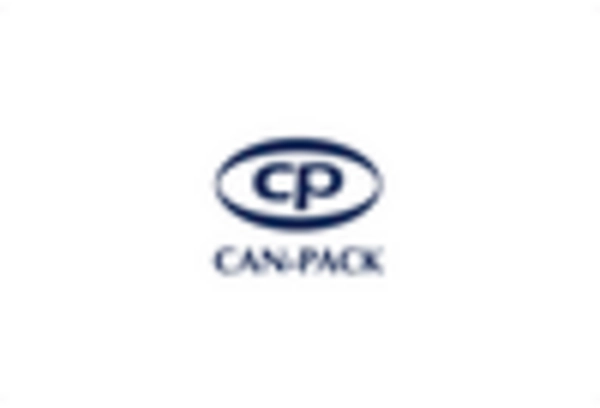
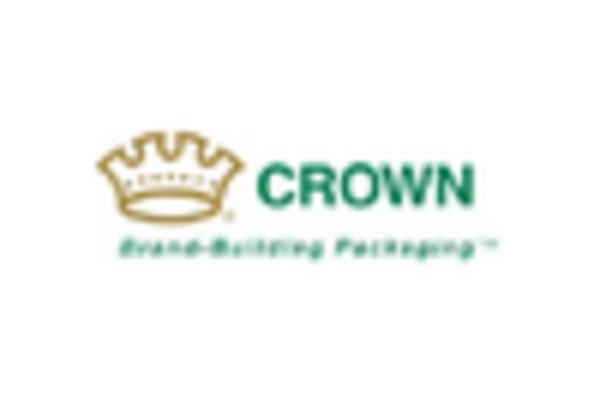

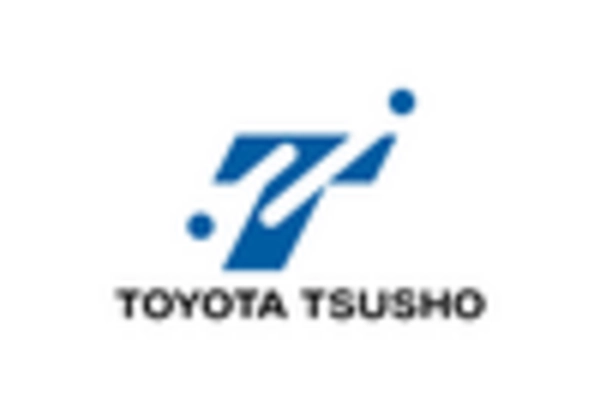








Leave a Comment